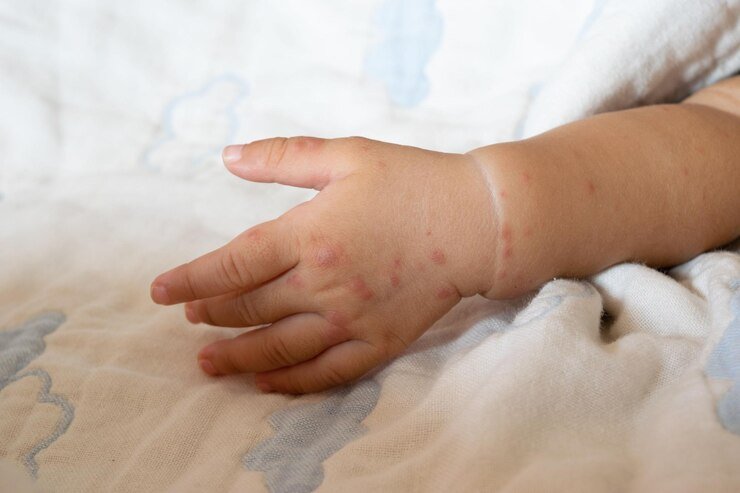PEDIATRIC SKIN DISORDER
Pediatric skin disorders are a broad category of diseases that occur in infancy, childhood, and early adolescence. They range from minor problems such as diaper dermatitis to more chronic diseases like eczema or psoriasis. The skin of children is more delicate than that of adults and is more susceptible to infections, allergies, and irritations, which require timely diagnosis and management.

CAUSES OF PEDIATRIC SKIN DISORDER

Genetic Factors
Eczema and psoriasis are certainly relapsing dermatoses within families.
Environmental Factors
Use of irritants, allergens, pollutants, and harsh soaps can lead to skin issues.
Hormonal Changes
Hormonal changes during puberty may cause acne or other skin disorders.
Injuries or Irritation
Diaper rash, scratches, exposure to sunlight, or continuous moisture lead to skin infections and trauma.
COMMON PEDIATRIC SKIN DISORDERS
TREATMENT FOR STDs

- Moisturizers and Emollients: Available for scaly and dry skin sufferers like eczema.
- Steroid Creams: Anti-inflammatory and anti-itching medications for eczema and allergic dermatitis.
- Antibiotic Creams: In the case of skin infections such as impetigo, they act as an antibiotic coverage.
- Antifungal Creams: The treatment of choice for fungal conditions like ringworm and candidiasis.
- Antibiotics: For intensive and more serious forms of bacterial infections.
- Antihistamines: For relieving the itch from allergic reactions or hives.
- Antifungal Drugs: Many forms of systemic drugs for a vast range of fungal infections.
- Regular Cleaning: Cleaning with soap that is mild and devoid of any fragrance on the skin daily.
- Avoiding Triggers: Involves avoiding allergens or irritants that may aggravate the hives.
- Hydration: The skin barrier must be kept intact with hydration to prevent skin dryness that can lead to irritation.
- Encouraging consumption of foods that improve skin health, such as getting the vitamins A, D, and E, and omega 3 acids.

